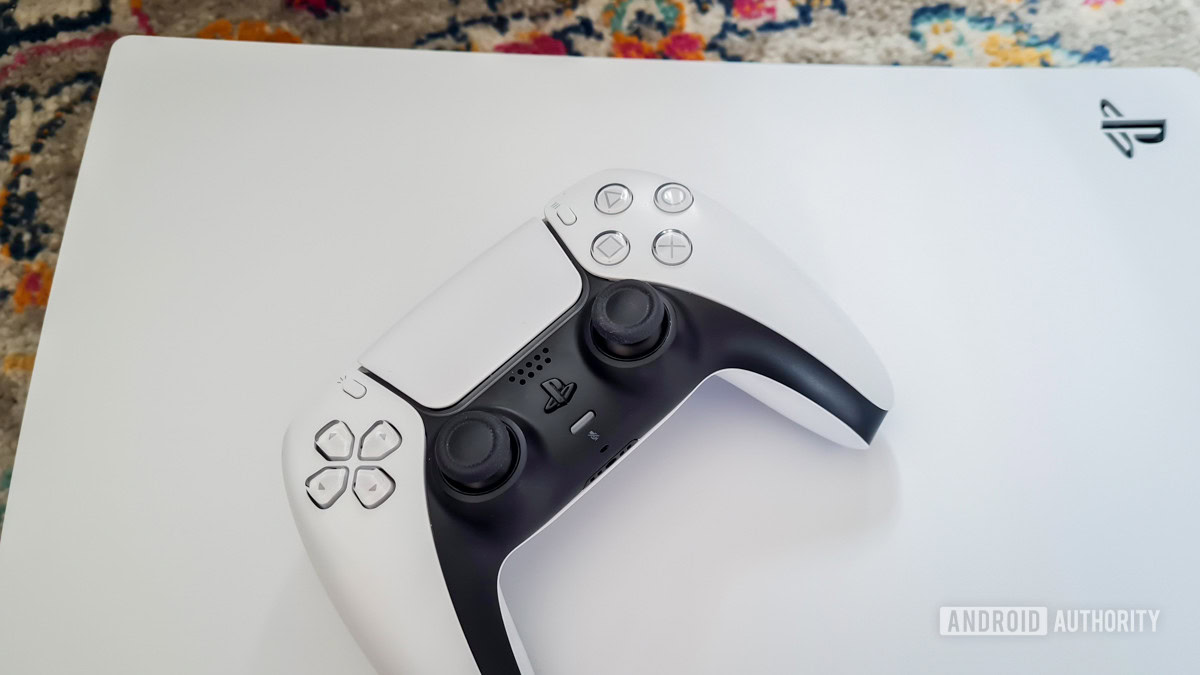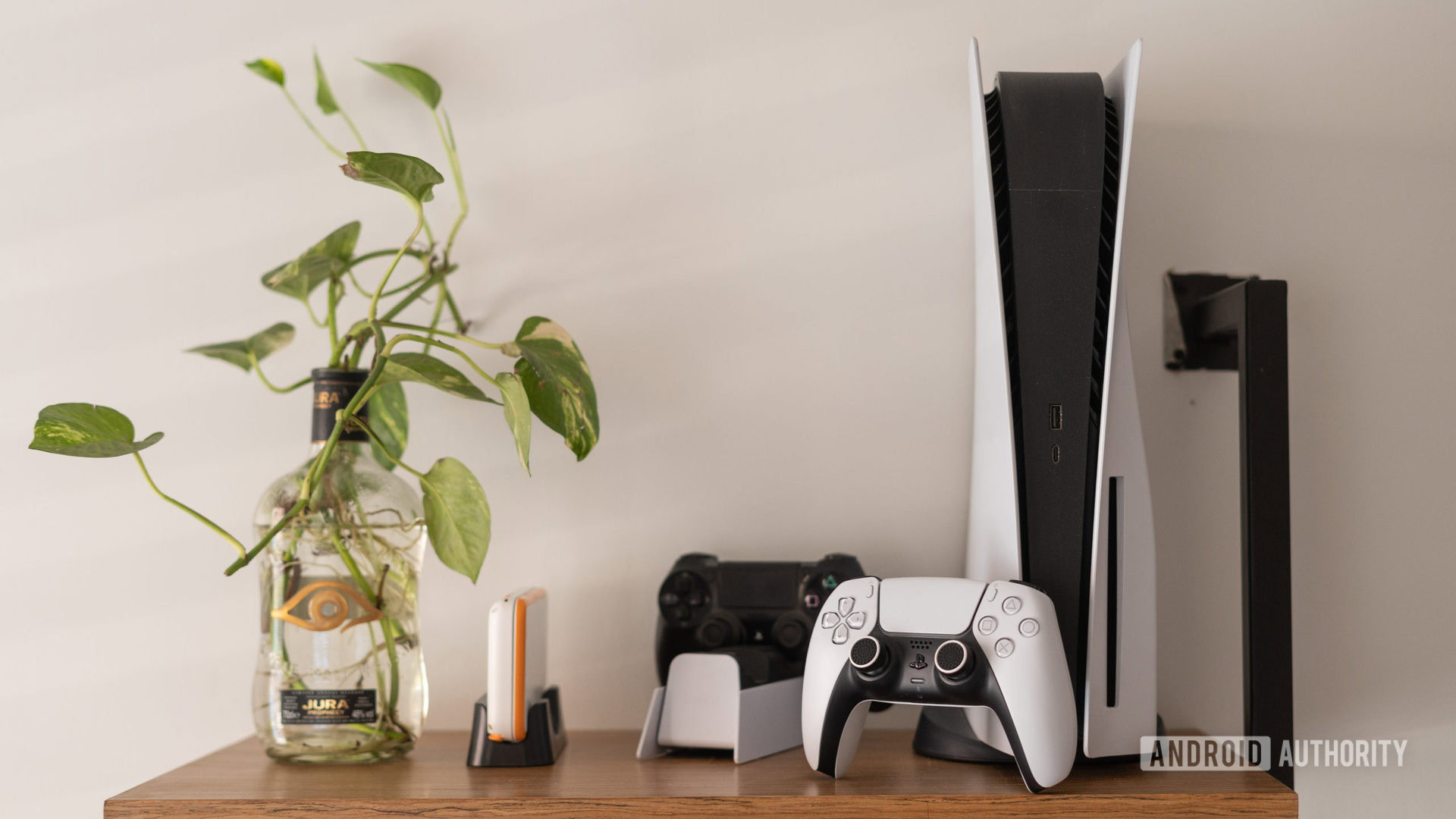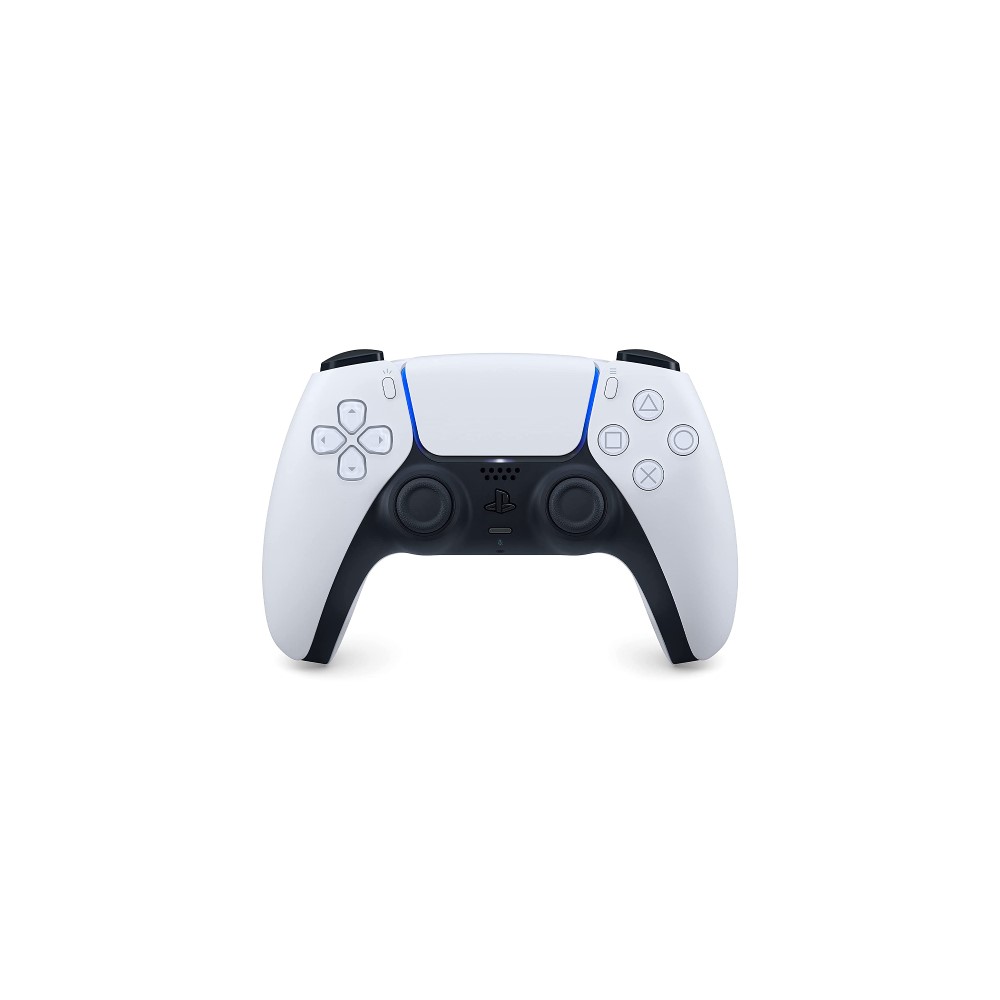Affiliate links on Android Authority may earn us a commission. Learn more.
Why your PS5 controller is flashing blue, and how to fix it
Published onApril 2, 2024
A status light may be better than nothing, but it’s not necessarily that helpful when you’re trying to figure out what’s wrong. If the DualSense controller you’re using with your PlayStation 5, PC, or mobile device is a flashing blue light, what does it actually mean? And how can you fix the associated problem?
QUICK ANSWER
A flashing blue light on a PS5 controller means one of two things: either it is trying to connect to a device, or there is some sort of connectivity issue. There is a variety of potential fixes, from rebooting your PS5 (or other system) to performing a controller reset. Let's go over the steps together.
JUMP TO KEY SECTIONS
Why is my PS5 controller blinking blue?

In short, it means that there’s some sort of connection issue between your DualSense and the gaming device you normally use it with, whether that’s a PS5 or otherwise. There could be some form of compatibility issue, and even if the device you’re using is supported, either that or the controller might need some sort of software or firmware update. If you’re connecting via USB instead of Bluetooth, it could be that the cable or ports are faulty.
With wireless links, it’s conceivable that other Bluetooth accessories could be creating interference. This is unlikely, but still possible, so it’s worth ruling out before you consider talking to Sony tech support or buying a replacement gamepad.
How to fix a PS5 controller that’s blinking blue
There are a few potential fixes, some of them simpler than others. We’ll list them in the rough order you should try them, saving the more time-consuming actions for last.
Restart your PS5 (or whichever device you’re using)

Sometimes, a simple restart will tackle problems like configuration bugs or a corrupted cache. To restart a PS5 without using your DualSense, hold down the power button until it beeps once. After it shuts down, push the power button again. If you’re lucky, your controller will resume working as if nothing had happened.
Temporarily disable nearby Bluetooth devices
Sometimes, other Bluetooth devices can create interference. This is uncommon, but it can happen, and doesn’t hurt to look into the possibility. Adn this only applies if your controller is in wireless mode, naturally.
Note that you shouldn’t have to perform a Bluetooth purge every time you want to play. Even if this solves your problem once, interference tends to be short-lived, and unlikely to repeat frequently. You might consider moving some Bluetooth accessories further away from your play space.
How to turn off Bluetooth on Android:
- Launch the Settings app.
- Go into Connected devices.
- Select Connection preferences.
- Hit Bluetooth.
- Toggle off Use Bluetooth.
How to turn off Bluetooth on iPhone:
- Launch the Settings app.
- Go into Bluetooth.
- Toggle Bluetooth off.
Connect via USB, or try a different USB cable
If you’re not having any luck with Bluetooth, check if a USB connection will work, at least as a stopgap measure. You should be able to both play games and double-check that your device’s Bluetooth settings are correct. If USB works but problems persist with with your Bluetooth configuration, check out our dedicated wireless troubleshooting guide.
If you were already using USB, inspect both your ports and cable. Assuming there’s no visible damage, it might still be worth swapping in another USB cable on the chance that there’s some sort of unseen defect.
Update your software and firmware
Should you have some luck connecting one way or another, take the opportunity to update your DualSense and your gaming system. There’s no guarantee updates will solve connectivity issues, but Sony is pretty committed to pushing them out, so a critical bug discovered one month could be solved by the next. There’s a risk that updates can introduce new problems — but the chance is small, and worth taking if you’re already dealing with glitches.
How to check for PS5 updates:
- On the PS5, launch the Settings.
- Go into System.
- Select System Software.
- Go into System Software Update and Settings.
- If there’s newer software to download, you’ll see Update Available. Follow instructions to install it.
Reset your controller

When all else fails, you might as well try a reset. To perform a hard reset, insert something like a paperclip, toothpick, or SIM tool into the Reset button hole on the back of your DualSense controller. Hold down the Reset button for about 5 seconds. When the process is complete, you’ll have to reconnect your controller as if it were new.
If a reset doesn’t work, you’ll probably have to talk to Sony tech support. That may mean sending your DualSense off for repairs or replacement, and possibly paying up if you’re out of warranty. You could also consider it a goner and buy a new one.
